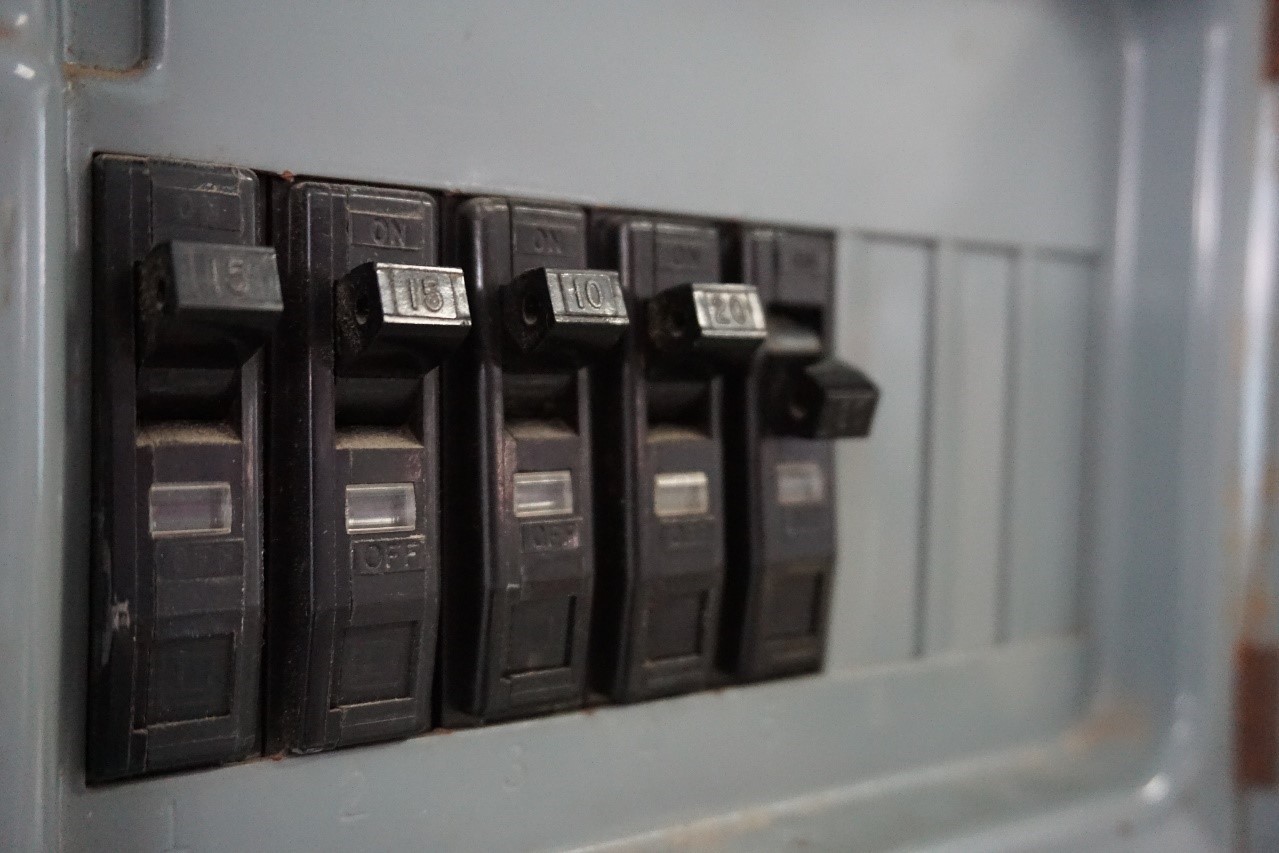There are many different elements that make up the typical electrical system. One part of the system that you're likely already familiar with is the circuit breaker. Nearly every home or business you've ever set foot in has a circuit breaker, and for good reason. These useful safety devices can prevent serious electrical incidents and keep your workers safe at all times. However, not all circuit breakers are created equal. Here’s a bit of insight into circuit breakers and how to make them as effective as possible.
What is a Circuit Breaker?
A circuit breaker is, essentially, exactly what it sounds like: a device that breaks an electrical circuit. A circuit breaker monitors the electrical current in a power system and automatically interrupts electrical flow in the event of a short or overload.
Circuit breakers are critical safety devices in virtually any building. In case an electrical circuit ever overloads your power system, a circuit breaker can prevent a damaging situation. Without a circuit breaker, you run the risk of having dangerous electrical hazards in your workplace, which could cause damage to your property or your workplace, as well as injury or even fatalities.
Functions of a Circuit Breaker
It’s important to understand that the main function of a circuit breaker is to prevent large electrical discharges. When an electric current “jumps” or takes an abnormal path, a circuit breaker can stop the current in its tracks. Without a circuit breaker, this kind of scenario can result in damage to property and injury to those in the immediate area.
Different types of circuit breakers can be effective in different situations. For instance, a Ground Fault Circuit Interrupter, or GFCI, is meant to protect against line-to-ground faults. These incidents typically occur in rooms with lots of moisture such as kitchens or bathrooms, so that’s where you’ll likely find these devices installed.
Arc Phenomenon in Circuit Breakers
You may also need an AFCI circuit breaker, or Arc Fault Circuit Interrupter. These devices are specifically designed to deal with arc phenomena that may take place.
An arc phenomenon happens during a short circuit. When this occurs, a heavy current makes its way through the contacts of the circuit breaker. Then, those contacts start to separate. Once separation begins, the electrical current can cause a significant rise in temperature, sometimes even resulting in fire. An arc phenomenon can occur in a matter of seconds and without warning, which is why having a functioning circuit breaker in your workplace is so important. With the appropriate safety systems in place, you can rest assured that your system can prevent these arc phenomena before they ever begin.
Electrical Safety Tips
Besides having a properly operating circuit breaker, what other electrical safety tips can you implement in the workplace? First, be sure your employees are properly trained to deal with electrical equipment whenever they may need to use it. Make sure all cords and plugs are visually inspected on a regular basis, and if something looks worn or damaged, bring in an electrical engineer for a closer look.
You should also place physical barriers around any electrical hazards that might be present. For instance, electrical panels in your workplace should be behind cabinet doors or other barriers that prevent workers from accidentally coming into contact with the electrical system.
If your workplace use gases or flammable vapors, these substances should only be used far away from electrical equipment. If potentially flammable substances must be used near any electrical equipment, use qualified personnel and take the proper precautions to isolate the electrical sources in the area.
Finally, you should take care to eliminate contact with live electrical currents. Any electrical circuits higher than 50V should only be handled by an expert. Employees who have to be near these sizable currents should exercise extreme caution, and any panel doors should stay closed at all times. Make sure there are no exposed wires in the workplace and remain aware of any potential electrical hazards in any task you undertake.
When to Change a Circuit Breaker
While circuit breakers can last for years or even decades, they’re not designed to last forever. It’s important to monitor your circuit breaker and know when to bring in an electrical engineer to install a replacement.
The first step can be as easy as giving your circuit breaker a quick once-over. If you notice that your circuit breaker has any burn marks, it’s time for a replacement. You’ll also want to get a new circuit breaker if you notice that your current equipment is giving off a burning smell.
You can also evaluate the effectiveness of your circuit breaker based on the impact on your electrical system. If you notice that the lights in your workplace keep flickering, your circuit breaker may have something to do with it. While a failing circuit breaker is not the only cause of flickering lights, it is best to bring in an electrical engineer just in case.
You may also notice that your appliances aren’t working as they should. If you have no reason to believe the appliance itself is at fault, it may be worth it to have your circuit breaker inspected or replaced.
Working with MTA
Whether you need an evaluation of your circuit breaker or you’re ready to install a new one, it’s best to bring in the experts. Mark Thomas & Associates Electrical Engineers are here to help! We proudly serve Los Angeles, San Diego, Southern California, and the West Coast in providing a variety of electrical services to businesses of all sizes.
In addition to evaluating your circuit breaker, we can also provide power system evaluations, coordination studies, arc flash analyses, and more. These services are designed to keep your workplace functioning safely and ensure that your electrical system will serve you properly for years to come.
For more information about our circuit breaker evaluations or any of our other electrical services, contact MTA today!

